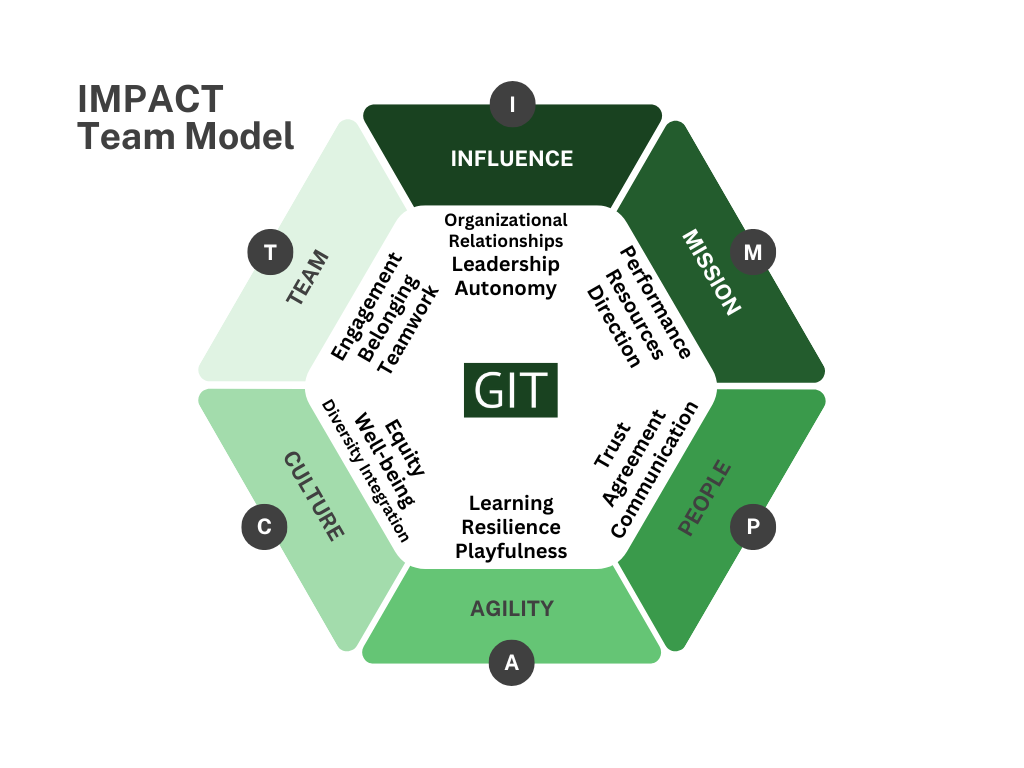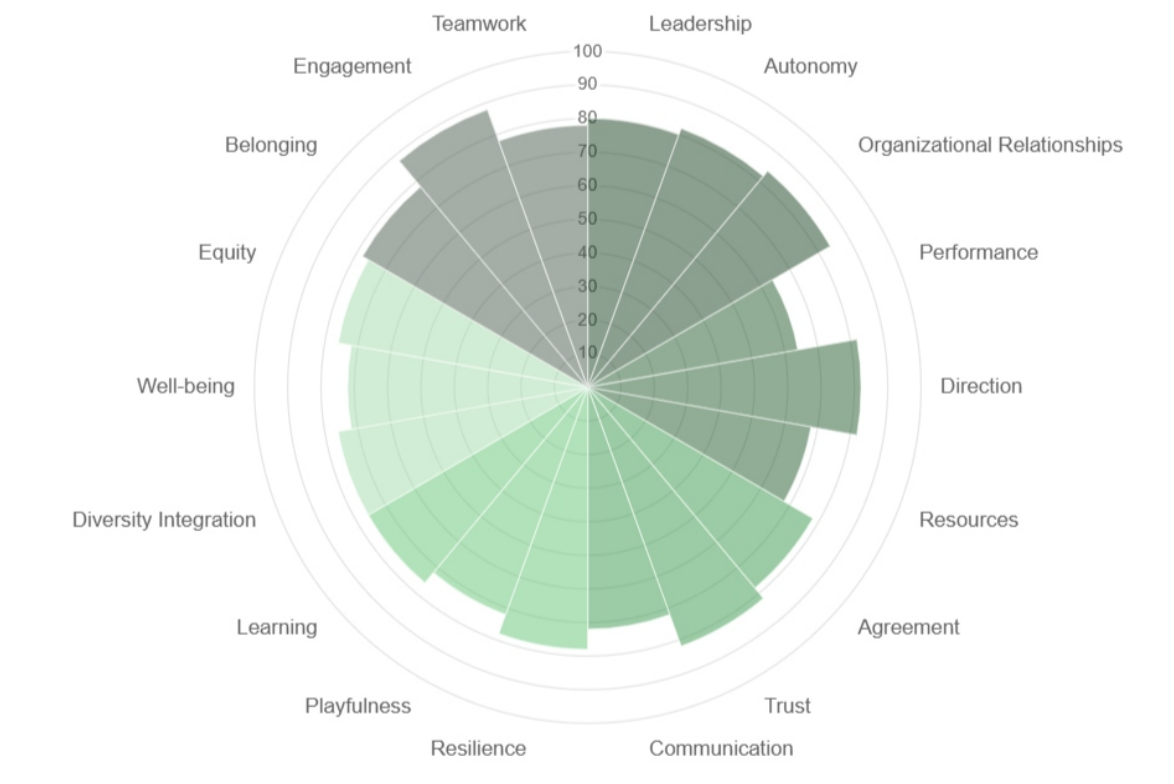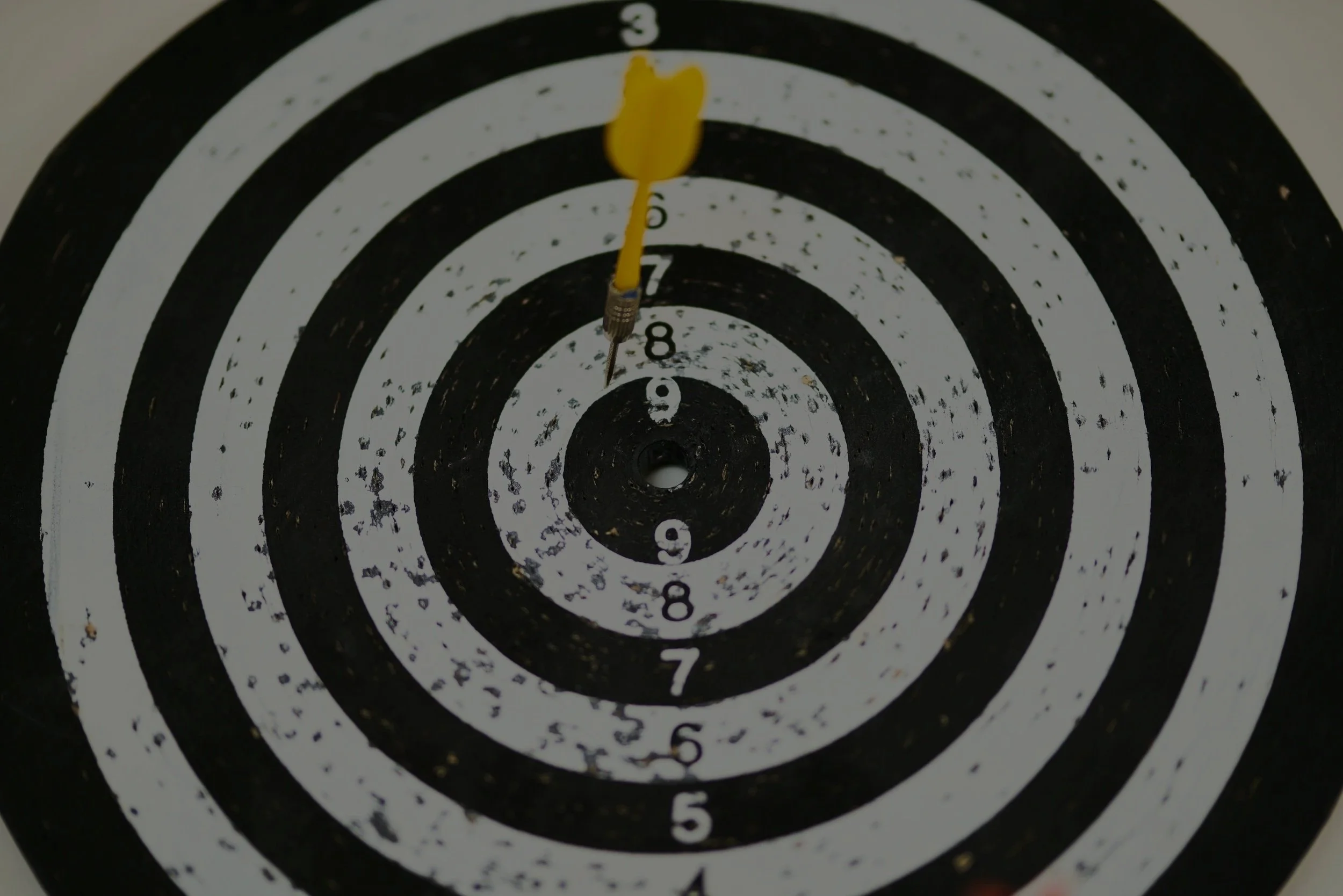
The IMPACT Team Model ©
Introducing the IMPACT Team Model ©
A psychometrically validated tool to help global teams explore, discuss and improve different aspects of their performance and relationships.
A model grounded in research (meta-analysis of 347 teams with a combined sample size of 2186 participants) and informed by practice (20+ combined years)
A specific focus on hybrid/remote and culturally diverse teams but also suitable for traditional office-based teams sharing the same cultural background.
Focus on the Collective: The tool aims to assess the dynamics, functioning, and effectiveness of the whole team.
An example of the diagnostic report based on the IMPACT Team Model ©
The IMPACT Team Model © Dimensions explained








